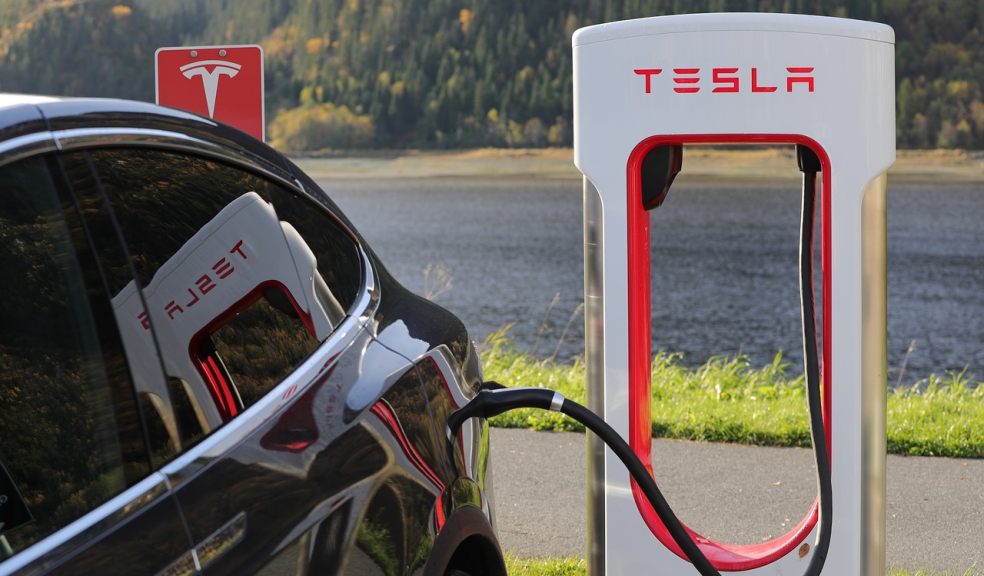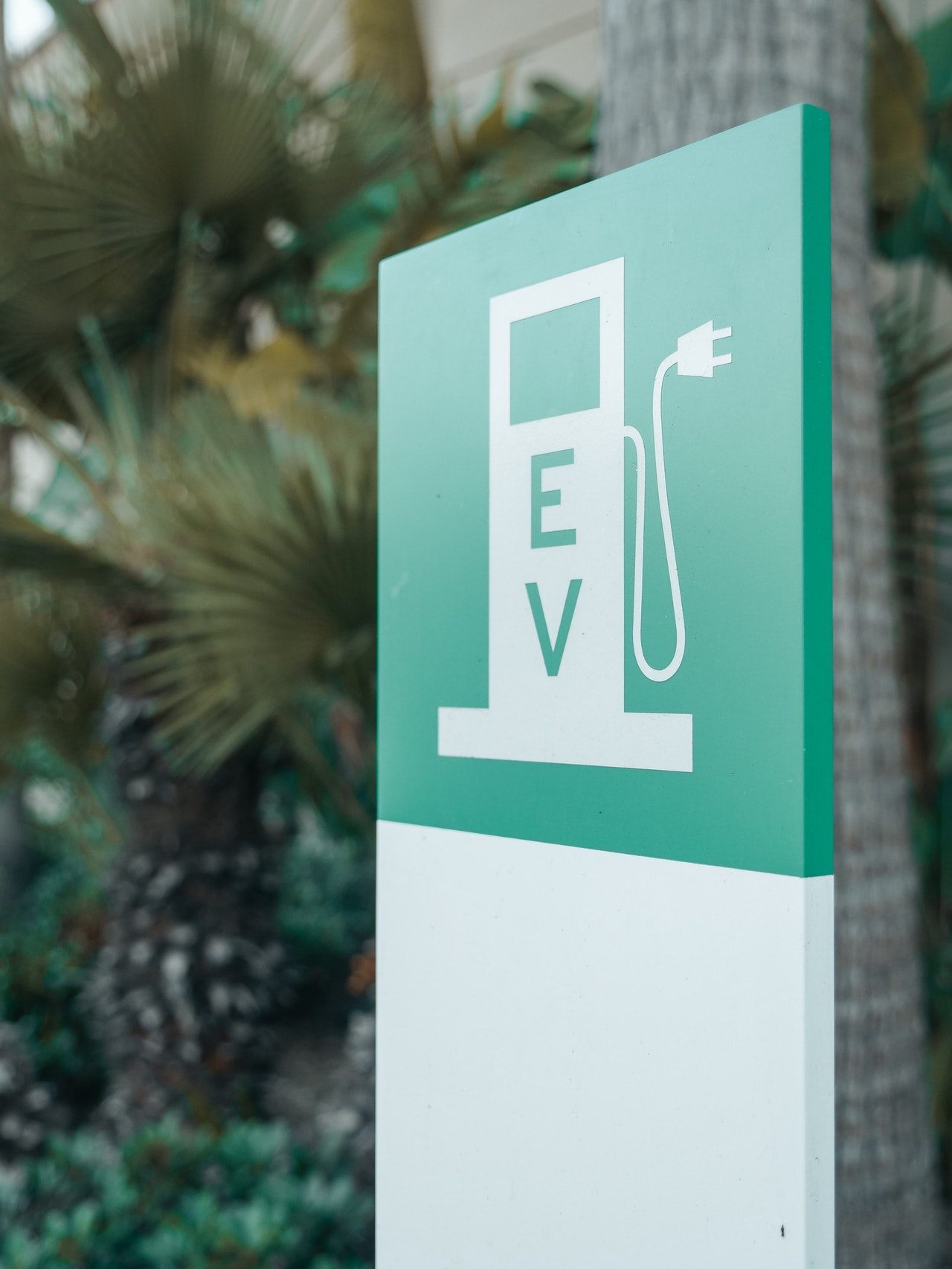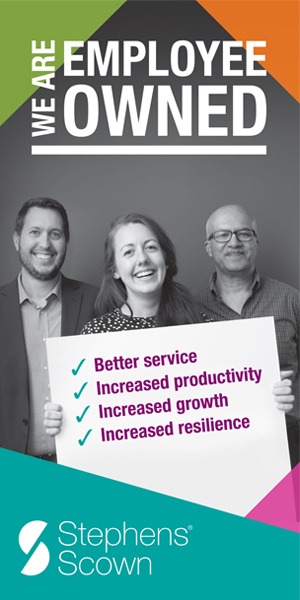
The Success of Tesla’s Battery Recycling Programme
With a goal to sell 20 million electric vehicles annually by 2030, Tesla has big ambitions to remain a global electric vehicle leader. Factories are being built around the world at incredible speed and with every car manufactured and sold, CO2 levels are dramatically reduced. Last year alone the automaker sold nearly one million vehicles, which accounted for an almost 90% year on year increase, proving that its business formula works.
The overriding question that remained in consumers’ minds, however, was what happens to Tesla batteries once they reach the end of their lives. First of all, lithium-ion batteries, unlike fossil fuels, are recyclable and reusable due to the cell they are placed into. Once a battery reaches its usage end, its materials are safely recovered from within the cell and recycled for reuse over and over again.
Throughout its recycling process, Tesla claims that it can recover almost 92% of battery cell materials, including nickel, cobalt, and copper. This process is superior, particularly from an environmental point of view, to sourcing new materials from the countries that produce them. Batteries that are no longer needed by customers can be serviced at any Tesla service centre and from there, they will be sent to the company’s battery factories.
Sustainability has driven many companies to find cleaner alternatives to their products. Although batteries offer greener opportunities, their production can still affect the environment. According to a report by the Swedish Energy Agency, the production of a kilowatt-hour battery capacity results in 61-106 kilos of carbon dioxide. At the same time, the manufacturing process is dependent on the methods and type of fuel used.
For that reason, Tesla has been heavily investing in its battery Gigafactory in Nevada. Since it has begun to run at full capacity, the emissions have lowered, while several of the production stages could start using fossil-free electricity in the future. It is not common for green electricity to be used in battery production, but it is expected to witness a surge soon. A factory, however, is dependent on each different part of it and, therefore, for it to become greener, means all of its processes need to.

The success of this programme has propelled the company even higher on the stock market. Many have taken the plunge and invested in Tesla stocks, as the company is laying out plans for a second stock split in two years. If anything, now is a great time to learn about how to buy Tesla stock. Following the likes of Amazon and Google, this smart and strategic move could lead to big potential gains.
Tesla’s programme has been launched amidst news that economies around the world need to start looking into becoming electrified. Other automakers have also joined the United Nations’ declaration, with Ford, General Motors and Stellantis, pledging to ensure around 40% to 50% of their car sales by 2035 are electric vehicles. The shift to electric vehicles is motivating and although there are still many aspects that need to be discussed, steps are being made in the right direction.












